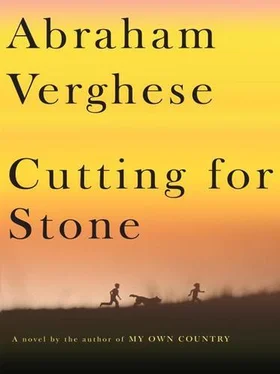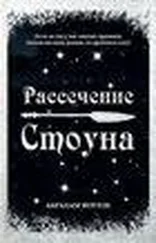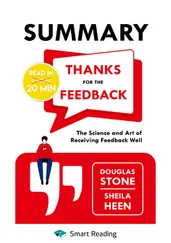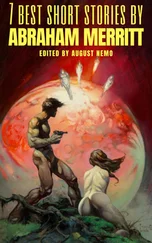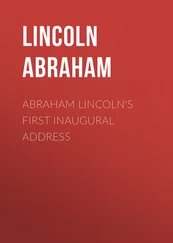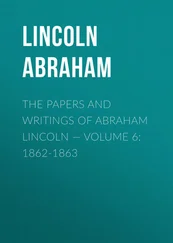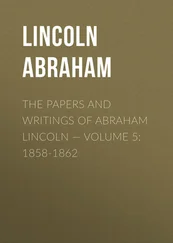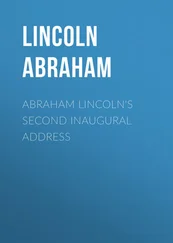For the information on psychosomatic ailments among Ethiopians, I am grateful to my friend Rick Hodes, M.D., internist, writer, and mensch. His life in Ethiopia is a story of its own. Thanks to Thomas “Appu” Oommen for his incredible recollections of his time in Addis as a schoolboy and later as a journalist, and of the period of the coup. An e-mail Appu shared with me from Yohannes Kifle gave me great insight into Kerchele. My parents, George and Mariam Verghese, shared their memories, and my mother made extensive notes just for my use. To them I have dedicated this book.
In the course of writing this novel over several years, I consulted many other works, most of which I hope are listed in the bibliography, and any failure to acknowledge a person or source is something I would like to correct. The scene of Genet's damp gift to Marion was inspired by a similar scene from a novel or short story whose authorship I cannot recall; similarly, the metaphor of Aden as a city at once dead yet alive like maggots on a corpse (or words to that effect) is one that I would love to attribute to a source.
I am grateful to the extraordinary Advisory Board in San Antonio that allowed us to build a Center for Medical Humanities, but even more grateful for the personal friendships I formed with its members. Steve Wartman, my tennis partner and friend, recruited me to San Antonio when he was dean. Edith McAllister was my teacher, my coach, my inspiration, and the person who understood better than anyone the need I had for protected time, even if it meant my leaving; in my next life my ambition is to come back as her. For Marvin and Ellie Forland and for Judy McCarter, words cannot do justice to the support and love they gave me; to hold a distinguished professorship named after Marvin, and a distinguished chair named after Joaquin Cigarroa Jr. (both consummate internists), was the greatest honor. Judy remains my counselor and conscience; with every passing year I grow in admiration of her wisdom. Thanks to UTHSCA, to the extended Cigar roa family, Bill Henrich, Robert Clark, Jan Patterson, Ray Faber, Tom Mayes, Somayaji Rama-murthy Deborah Kaercher, the late David Sherman, and so many others who made it a special place to work; so also to Texas Tech, El Paso, where this work first began. Dr. Erika Brady of Western Kentucky University's folk studies department was an expert in matters ranging from Alpha Omega Alpha to Religio Medici to details about prayers and dress; I could always rely on her research. Michele Stanush also helped me with research, and I am most grateful.
My Wednesday-morning brothers (Randy Townsend, Baker Duncan, Olivier Nadal, Drew Cauthorn, Guy Bodine, and especially Jack Willome) and their wives (and especially you, Dee!) gave me love and faith and held me accountable. “No greater love …”
Tom Rozanski, neighbor, colleague, and urologist, gave me advice on the vasectomy scene as well as other surgical issues, for which I am most grateful. Rajender Reddy and Gabe Garcia helped me think through issues related to hepatitis B.
Anand and Madhu Karnad, my dearest and oldest friends, read and heard many sections of this and all my previous books over the years; they gave and continue to give me love and sustenance, and I know I have a home wherever they are.
I am grateful to John Irving for his friendship all these years. I have learned so much from him both in our correspondence and in his published work.
Ralph Horwitz, M.D., chairman of medicine at Stanford, created a home for me; I am so grateful for his vision and his and Sally's friendship. I thank my brother, George, and his wife, Ann, and the Kailaths, as well as Helen Bing, for introducing me to Stanford's charms years before I dreamed of coming here.
My lovely wife, Sylvia, spent hours entering the changes that I would write on the manuscript and did this several times over the years. She more than anyone, but also Tristan, Jacob, and Steven, put up with my absences from society and sustained me through the ups and downs in the writing of this book. Gracias mi amor; con los años que me quedan …
Mary Evans, my agent, sold my first story to The New Yorker before we met in person, and she has kept the faith with me since those days in Iowa in 1991. Her discerning eye and wise counsel have made a writer of me, and her friendship has made me a better person. Robin Desser had a hand in my first book, and it was a privilege to get to work with her on this one. Robin saw this book through its many iterations and spent innumerable hours with it and with me, and I am so indebted to her. I have often thought that the grace, passion, humility, and extraordinary skill she brings to her craft are attributes she shares with the physicians I most admire. My thanks also to Sarah Rothbard, Robin's wonderful assistant. I am most grateful to Sonny Mehta for his enthusiasm for this story and his steadfast support of my writing.
Medicine is a demanding mistress, yet she is faithful, generous, and true. She gives me the privilege of seeing patients and of teaching students at the bedside, and thereby she gives meaning to everything I do. Like Ghosh, every year, at commencement, I renew my vows with her: I swear by Apollo and Asclepius and Hygieia and Panaceia to be true to her, for she is the source of all … I shall not cut for stone.
Abraham Verghese,
Stanford, California, June 2008
Anderson, R., and R. Romfh. Technique in the Use of Surgical Tools. New York: Appleton-Century-Crofts, 1980.
Ayele, N. Wit and Wisdom of Ethiopia. Hollywood, Calif.: Tsehai Publishers and Distributors, 1998.
Bailey, H. Pye's Surgical Handicraft. 17th ed. Bristol, England: John Wright & Sons, 1956.
Bierman, J., and C. Smith. Fire in the Night: Wingate of Burma, Ethiopia, and Zion. New York: Random House, 1999.
Coleman, D. The Scent of Eucalyptus: A Missionary Childhood in Ethiopia. Fred-ericton, New Brunswick, Canada: Goose Lane Editions, 2003.
Cook, H. Fifty Years a Country Doctor. Lincoln: University of Nebraska Press, 1998.
Cope, Z. The Diagnosis of the Acute Abdomen in Rhyme. London: H. K. Lewis & Co., Ltd., 1962.
Dreger, A. D. One of Us: Conjoined Twins and the Future of Normal. Cambridge, Mass.: Harvard University Press, 2004.
Gould, G. M., and W. E. Pyle. Anomalies and Curiosities of Medicine. New York: W. B. Saunders, 1896.
Habte-Mariam, M., and C. Price. The Rich Man and the Singer: Folktales from Ethiopia. New York: E. P. Dutton, 1971.
Hertzler, A. E. The Horse and Buggy Doctor. Lincoln: University of Nebraska Press, 1938.
Humphries, S. V. The Life of Hamilton Bailey. Beckenham, England: Ravens -wood Publications, 1973.
Keller, E. J. Revolutionary Ethiopia: From Empire to People's Republic. Blooming-ton: Indiana University Press, 1991.
Lambie, T. A. Boot and Saddle in Africa. New York: Fleming H. Redell Co., 1943.
A Doctor Without a Country. New York: Fleming H. Redell Co., 1939.
Marcus H. G. The Politics of Empire: Ethiopia, Great Britain and the United States, 1941–1974. Lawrenceville, N.J.: Red Sea Press, 1983.
Marston A. Hamilton Bailey: A Surgeons Life. London: Greenwich Medical Media Ltd., 1999.
Melly, A. J. M. John Melly of Ethiopia. Ed. K. Nelson and A. Sullivan. London: Faber & Faber, 1937.
Speert, H. Iconographia Gyniatrica: A Pictorial History of Gynecology and Obstetrics. Philadelphia: F A. Davis Co., 1973.
Smith, I. Wish I Might. New York: Harper & Brothers, 1955.
Waugh E. Waugh in Abyssinia. Harlow, Essex, England: Longman, 1936.
